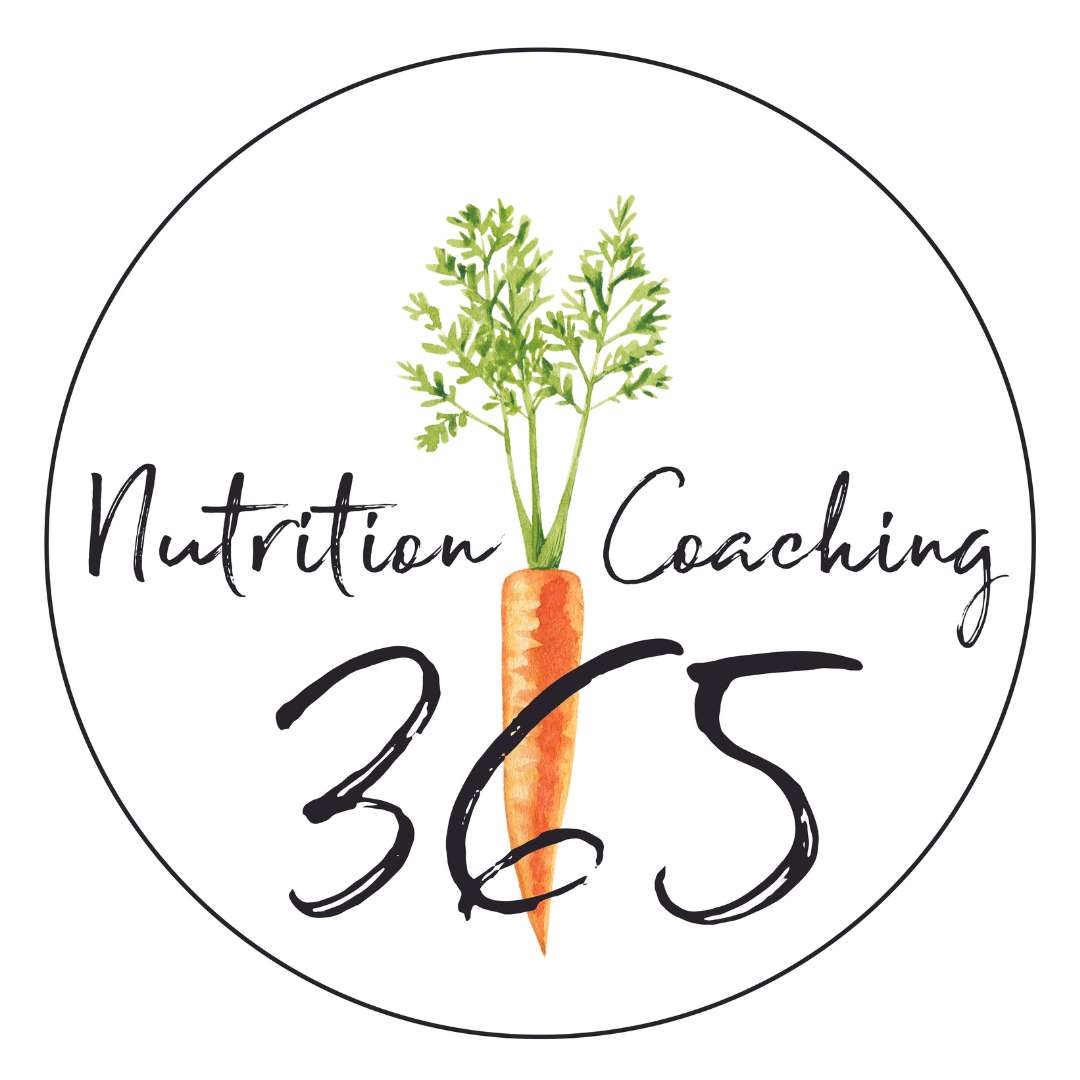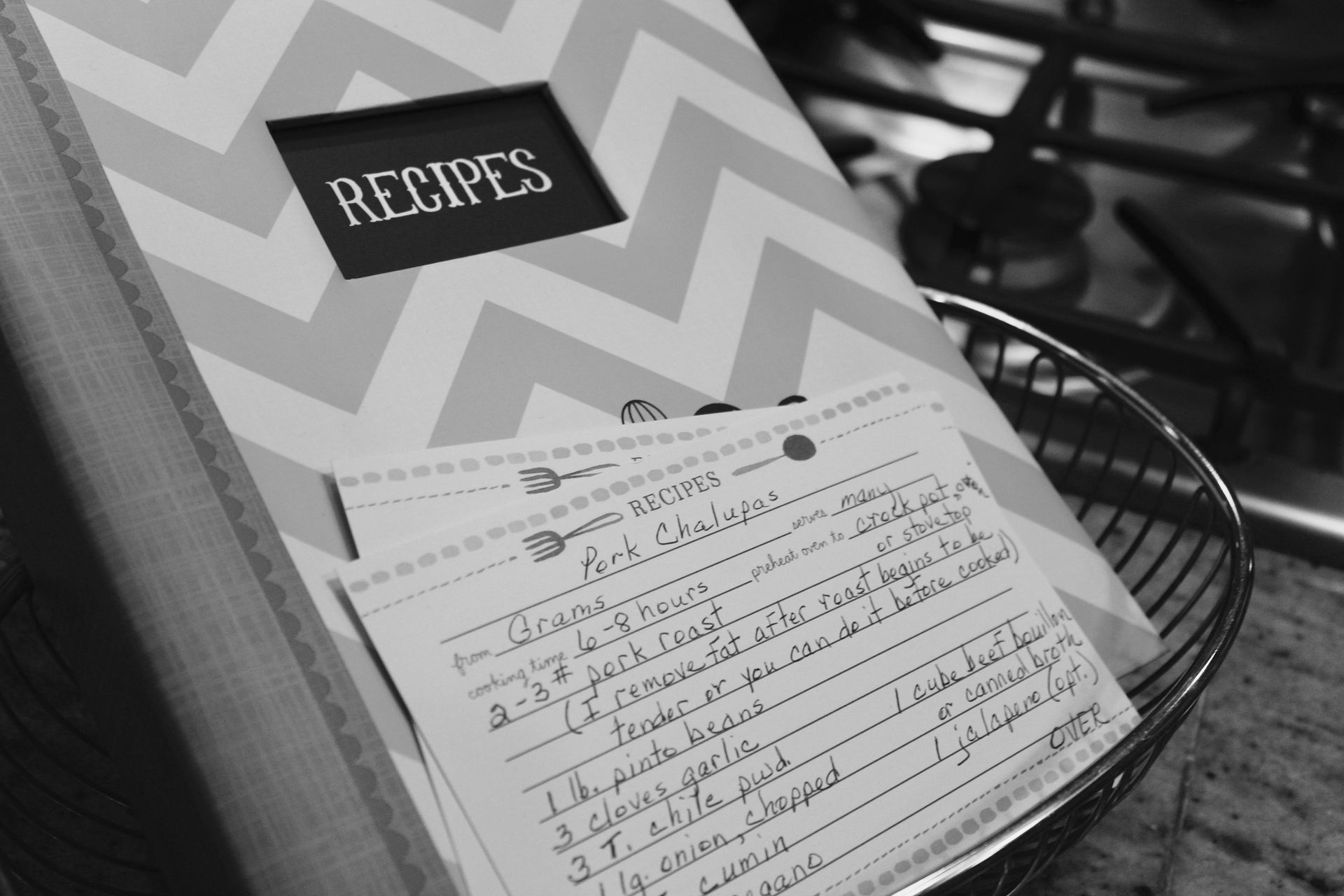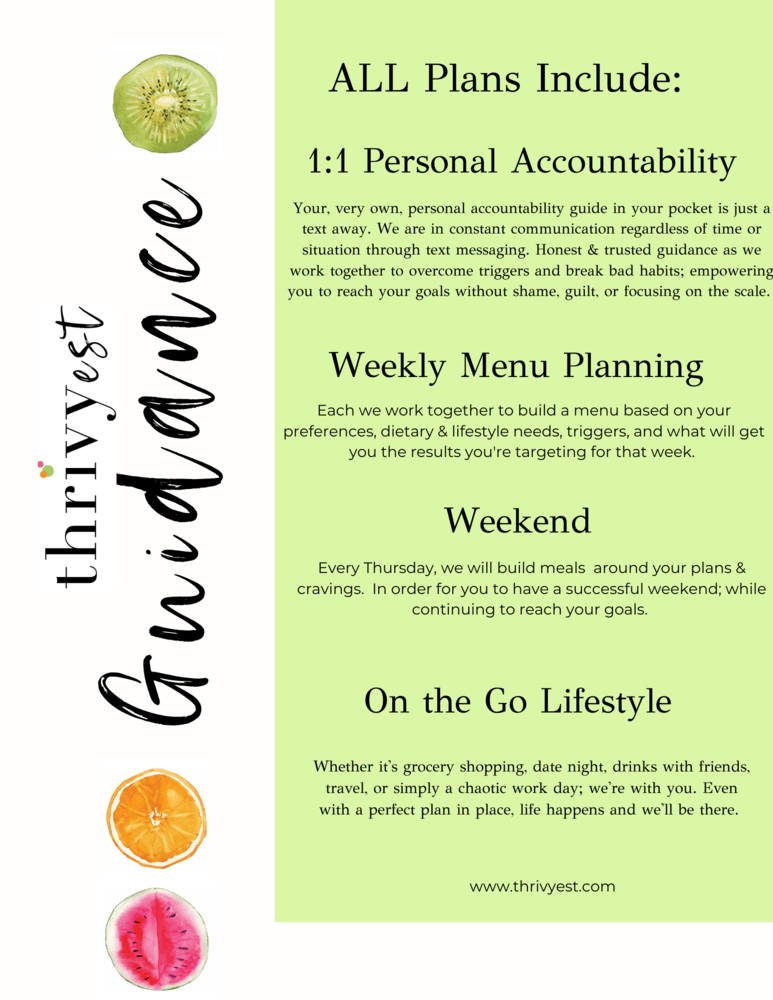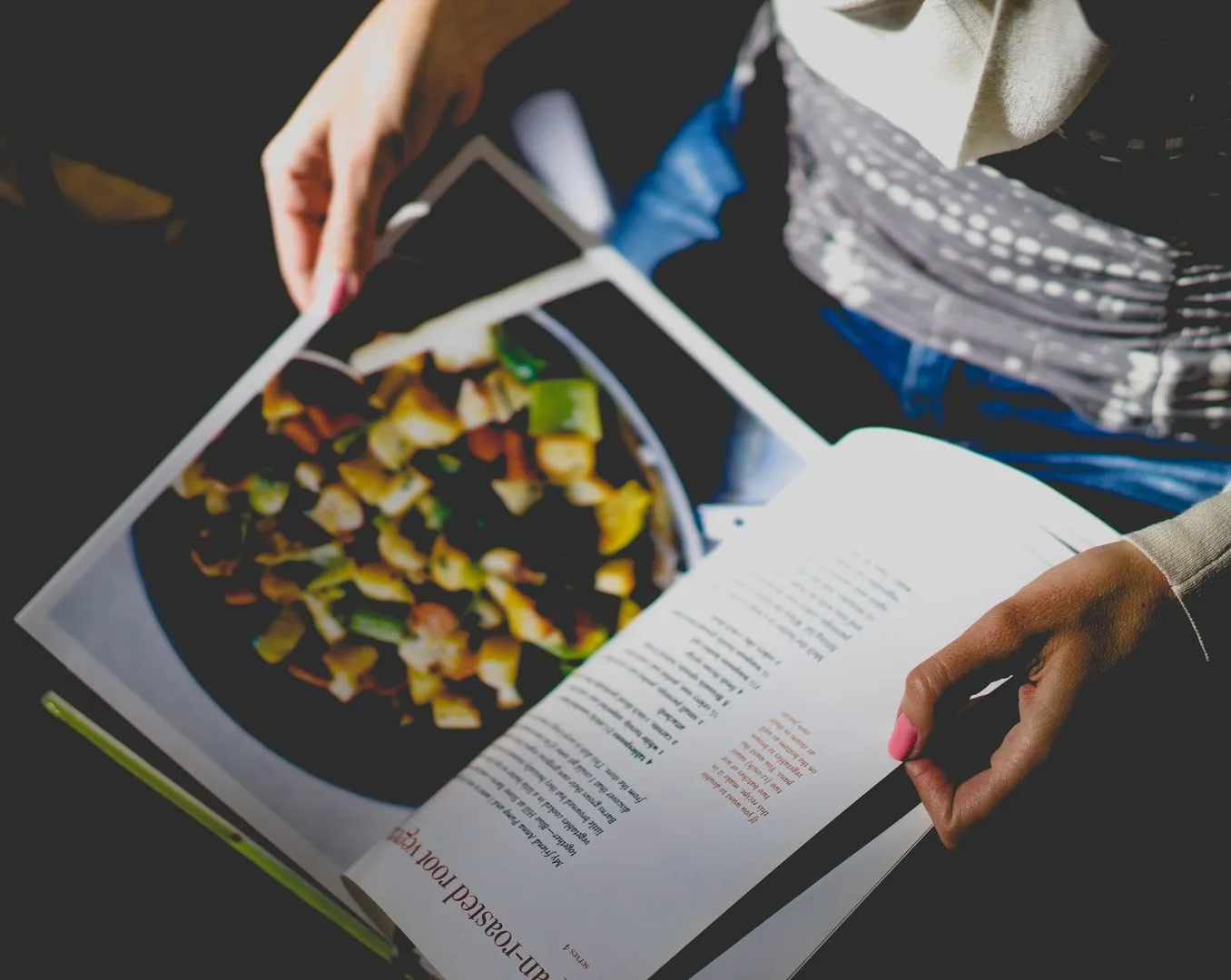What I Learned During My 15k Step Challenge
The Power of Intentional Movement
Walking is one of the most accessible forms of exercise, yet its benefits are often underestimated. Numerous studies have highlighted the profound impact of regular walking on cardiovascular health and longevity. It’s a low-impact activity that strengthens the heart, improves circulation, and can significantly reduce the risk of chronic diseases like hypertension and diabetes. Moreover, walking is not just about physical health; it offers mental and emotional benefits as well, providing a time for reflection, stress reduction, and even spiritual growth. Recognizing the importance of walking, I recently embarked on a personal challenge to increase my daily steps, and through this journey, I’ve discovered more about myself than I ever anticipated.
My Morning Routine:
Setting the Tone for the Day
As an early riser, my day begins at 4:45 AM, setting the stage for a day filled with purpose and productivity. My first act of the day is to hydrate, drinking 40 ounces of water while taking my dog out for a brief walk. This routine not only wakes me up but also gives me a moment to appreciate the stillness of the morning before the world gets busy.
Next, I make myself a cup of coffee and head to the treadmill for a slow walk. This isn’t just any walk; it’s a time for spiritual nourishment. I spend the next hour immersed in my prayers, Bible reading, and gratitude journaling. This quiet time is sacred to me, providing both physical activity and mental clarity. By the time I’m done, I’ve already accumulated close to 7,000 steps.
After my morning routine, my day transitions into client check-ins and my own training at the gym, which I do four times a week. Throughout the day, I continue to walk the dog, and without much effort, I usually hit 10,000 steps by the evening. This had been my norm—10,000 steps felt comfortable, manageable, and effective for maintaining my health.
The Decision to Challenge Myself:
Upping the Ante to 15k Steps
While 10,000 steps was a routine I could hit without much thought, I wanted to push myself further. I wanted a “hard” goal, something that would require more intention and effort. So, I decided to increase my daily step goal by 50%, setting a new target of 15,000 steps.
At first glance, 5,000 extra steps might not seem like a significant leap, especially for someone who is already active. However, I quickly realized that the challenge wasn’t in the steps themselves, but in the intentionality required to achieve them.
My routine wasn’t going to change—I wasn’t waking up any earlier, and I wasn’t going to take the dog out more frequently. I had to figure out how to incorporate these additional steps into a day already packed with full coaching roster, creating content, staying updated on the latest nutrition research, menu planning, grocery shopping, meal prepping, doing laundry, and yes, indulging in my nightly 2.5-hour Netflix binge.
Discovering New Ways to Reach My Goal:
Small Changes, Big Impact
As I pushed myself to reach 15,000 steps daily, I realized that I needed to get creative about where those extra steps would come from. One simple but effective change was parking further away in parking lots. This small adjustment added steps without disrupting my routine and was a great way to incorporate more movement into my day.
Another strategy I adopted was adding a 30-minute walk in the afternoon. This walk served multiple purposes: it helped me clear my mind, refresh my energy levels, and, most importantly, inch closer to my step goal. Additionally, I found myself vacuuming the house even when it didn’t really need it. This might sound excessive, but it became a way to stay active and get those steps in a way that felt productive.
However, one of the most significant discoveries was how much pressure I felt if I hadn’t reached 12,000 to 13,000 steps by mid-afternoon. I began to dread the remainder of the day, thinking thoughts like, “Ugh, I HAVE to walk,” or “How am I going to get these steps in?” It was surprising to realize that the challenge wasn’t just physical—it was also mental. The pressure to hit the goal weighed on me, and each day I’d tell myself, “I won’t miss it,” and repeat that mantra to keep myself going.
A Surprising Side Effect: Nailing My Caloric Intake
Interestingly, another unexpected benefit of this challenge was how it influenced my diet. Throughout the challenge, I nailed my calories every day but one, even when we went out with friends. This was amazing to me, as I believe the consistency and commitment to my step goal kept me “locked in,” making me determined not to break my streak. It’s as if the discipline required to hit 15,000 steps spilled over into other areas of my life, particularly my eating habits.
My weight stayed steady at 114 pounds, with fluctuations of only 2-3 ounces, which was eye-opening. This consistency in weight, despite being more active and not depriving myself, can be attributed to several factors. Increased physical activity like walking not only burns more calories but also helps regulate appetite and stabilize blood sugar levels, leading to fewer cravings and better control over portion sizes. The mental discipline of not wanting to “break the streak” also played a role, reinforcing healthy eating habits that aligned with my activity level.
Embracing a New Opportunity:
Intentional Planning for Success
This challenge has been more than just about hitting a step count; it’s been an opportunity to create a habit that makes me think more intentionally about my day and how I will plan it to succeed. The process of figuring out when and how to get those extra steps has forced me to be more mindful of how I structure my day, leading to better time management and a deeper awareness of my daily routines.
While increasing your steps to 15,000 might not be feasible for everyone, I would challenge you to find out what your daily average step count currently is and increase that by 500-1,000 steps. If you’re not walking 7,000 steps a day, that should be your first goal. If you’re at 3,000 steps today, set a goal for 3,500-4,000 next week, and practice that for a few weeks before adding another 500 steps and building up to 7,000.
Your mind and body will thank you for it. The journey to better health and fitness doesn’t always require drastic changes. Sometimes, it’s the small, consistent adjustments that lead to the most significant results.
YOU ARE CAPABLE OF LIVING YOUR HEALTHIEST & HAPPIEST LIFE.
If you’re looking to create healthy habits to gain more energy, improve your sleep + shed a few pounds, you’ve landed in the right place.
Recent Posts
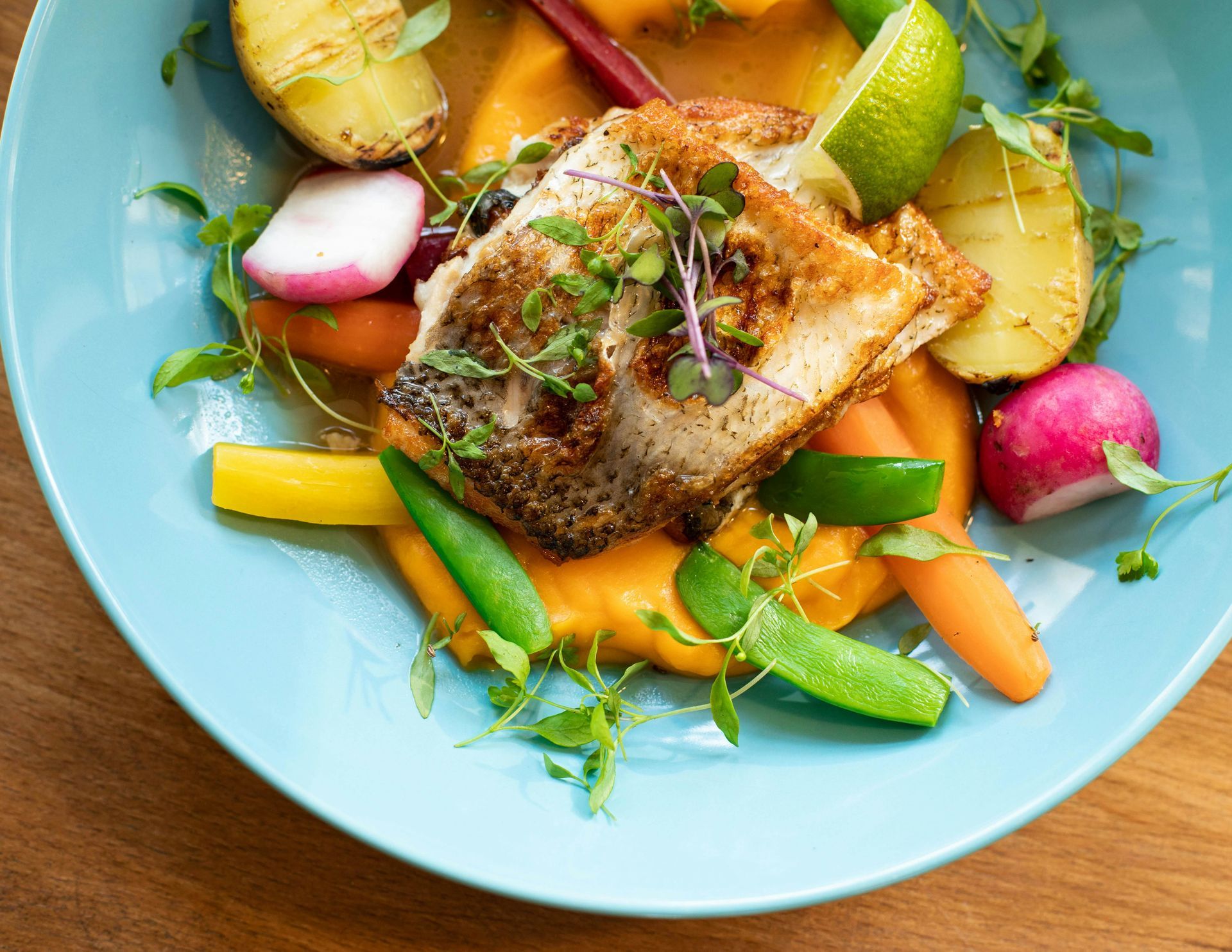
Meet Emily
I love encouraging + inspiring others to reach their healthiest lives through food, fitness + gratitude. As a holistic nutritionist + the founder of Thrivyest, I am passionate about creating habits to help you to live longer + thrive. To thrive in body, mind + soul through personalized, simple + practical steps ensuring you gain more energy, clarity + confidence! Let's connect!
